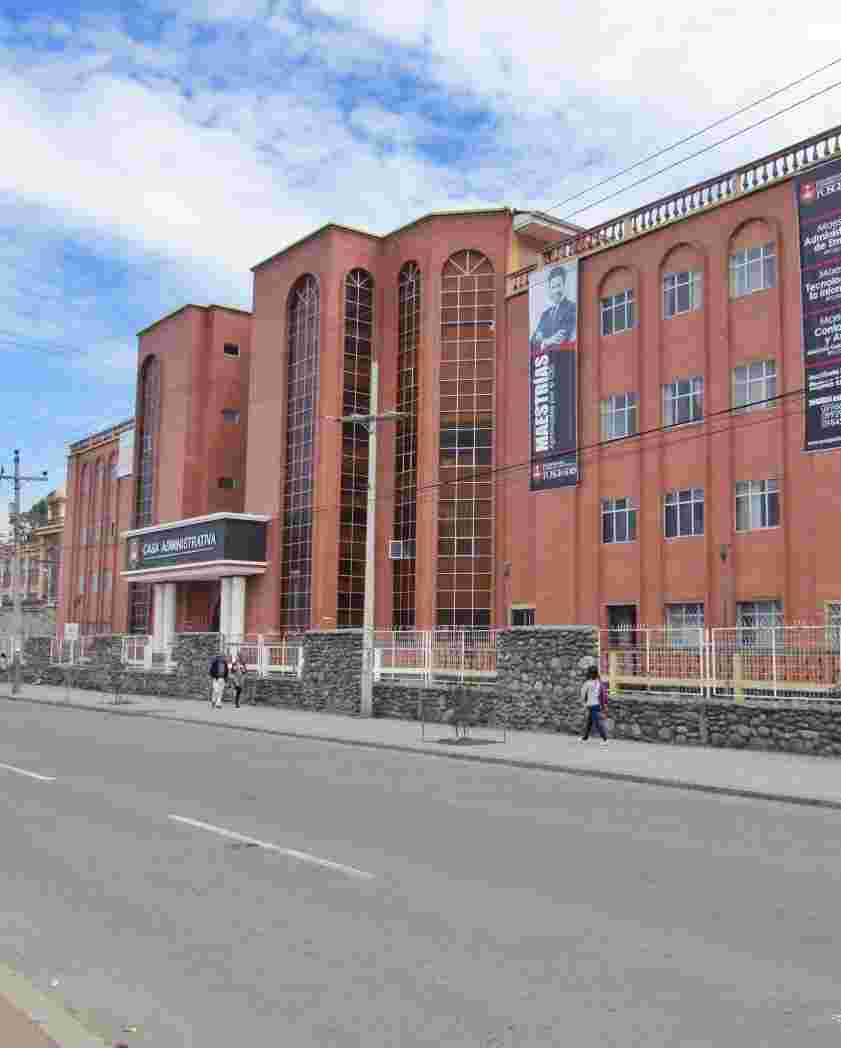Bioquímica y Farmacia
URI permanente para esta comunidadhttps://dspace.ucacue.edu.ec/handle/ucacue/26
Examinar
Examinando Bioquímica y Farmacia por Materia "ADMETLAB 2.0"
Mostrando 1 - 1 de 1
- Resultados por página
- Opciones de ordenación
Ítem Acceso Abierto Evaluación de la capacidad cardiotóxica de los fitoquímicos presentes en la planta Kalanchoe Pinnata, empleando modelos QSAR(Universidad Católica de Cuenca., 2024) Matamoros Salinas, Alexander Rodrigo; Páez Vásquez, Melany Dayana; Carpio Arévalo, Juan Marcelo; 0706151321; 0105782056; García CalleIntroduction: The growing interest in the use of traditional medicine has led to research on the chemical compounds of plants with medicinal properties; in this regard, Kalanchoe pinnata has been the focus of studies due to the potential of its phytochemicals to be cardiotoxic. It is known that the extract of its leaves has been used to treat coughs, wounds, bumps, burns, fever, headaches, and others. Some chemical studies have described the presence of alkaloids, triterpenes, glycosides, flavonoids, cardenolides, steroids, and bufadienolides. Objective: In this study, plant phytochemicals that may have cardiotoxic effects were evaluated and categorized using two QSAR models, known as ADMETlab 0.2 and Pred-hERG. Methodology: For the development of this thesis a non-experimental, cross-sectional, descriptive research design was used; the research approach was quantitative. Results: A predictive analysis of the phytochemicals present in the Kalanchoe pinnata plant was conducted using QSAR models, and the probability of eight molecules to block the hERG channel was identified. Conclusion: Based on the data obtained, it was confirmed that some metabolites have cardiotoxic potential, such as bufadienolides, and some molecules that have not been previously reported in the literature are shown to be probable cardiotoxic agents.




